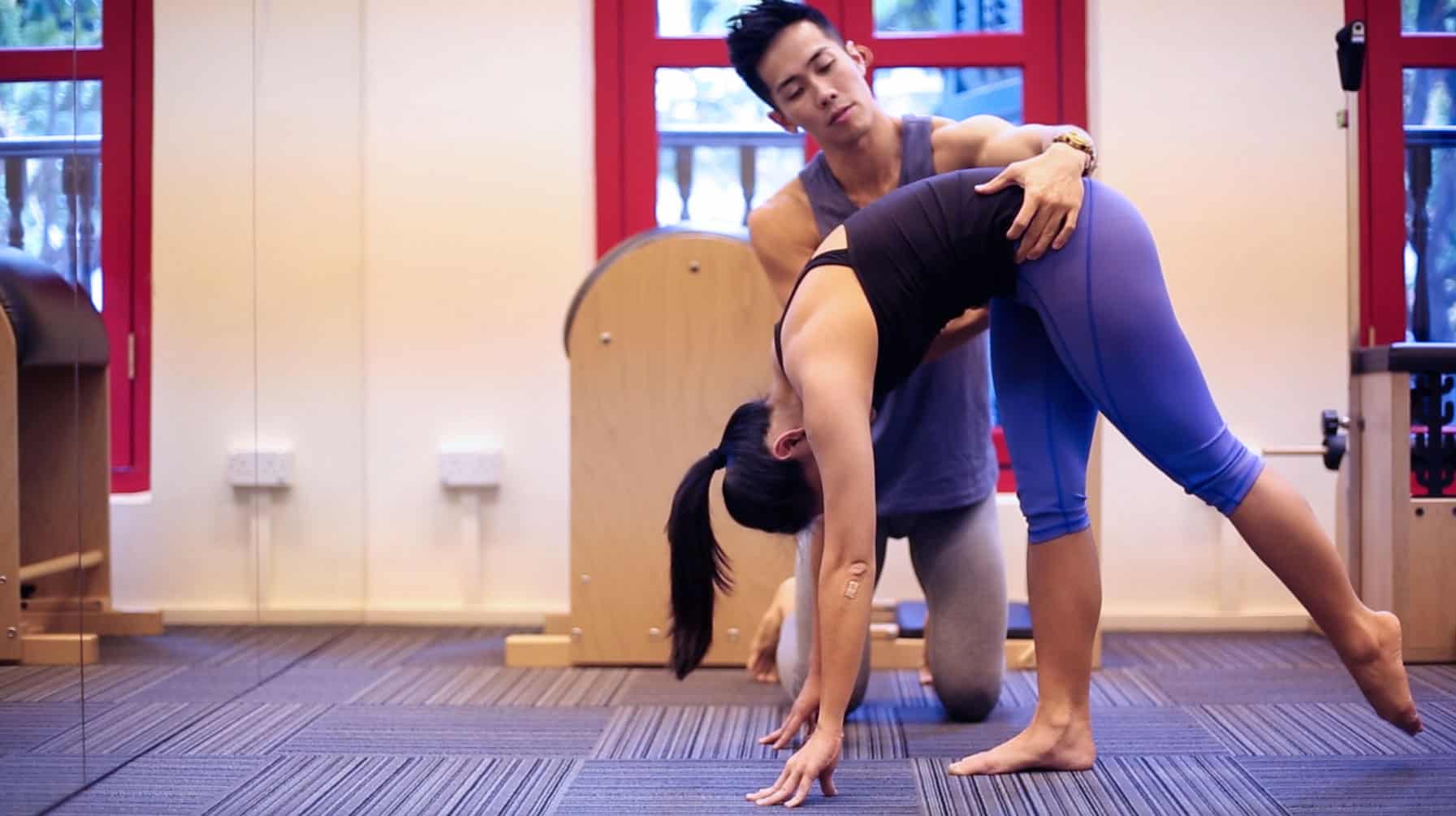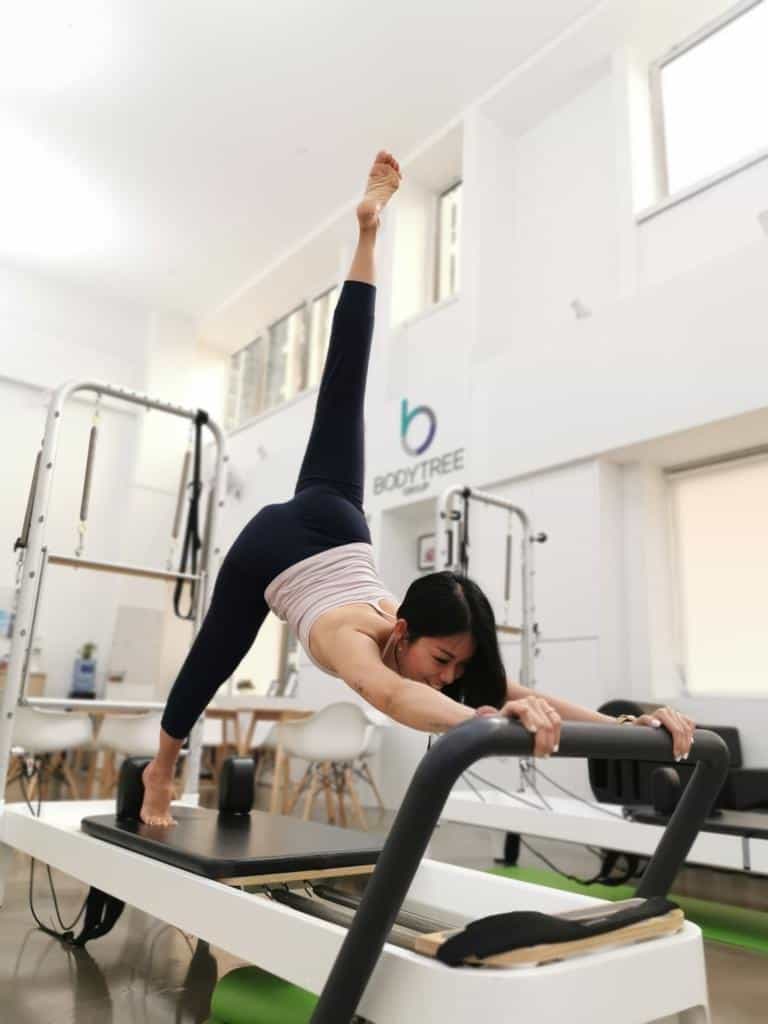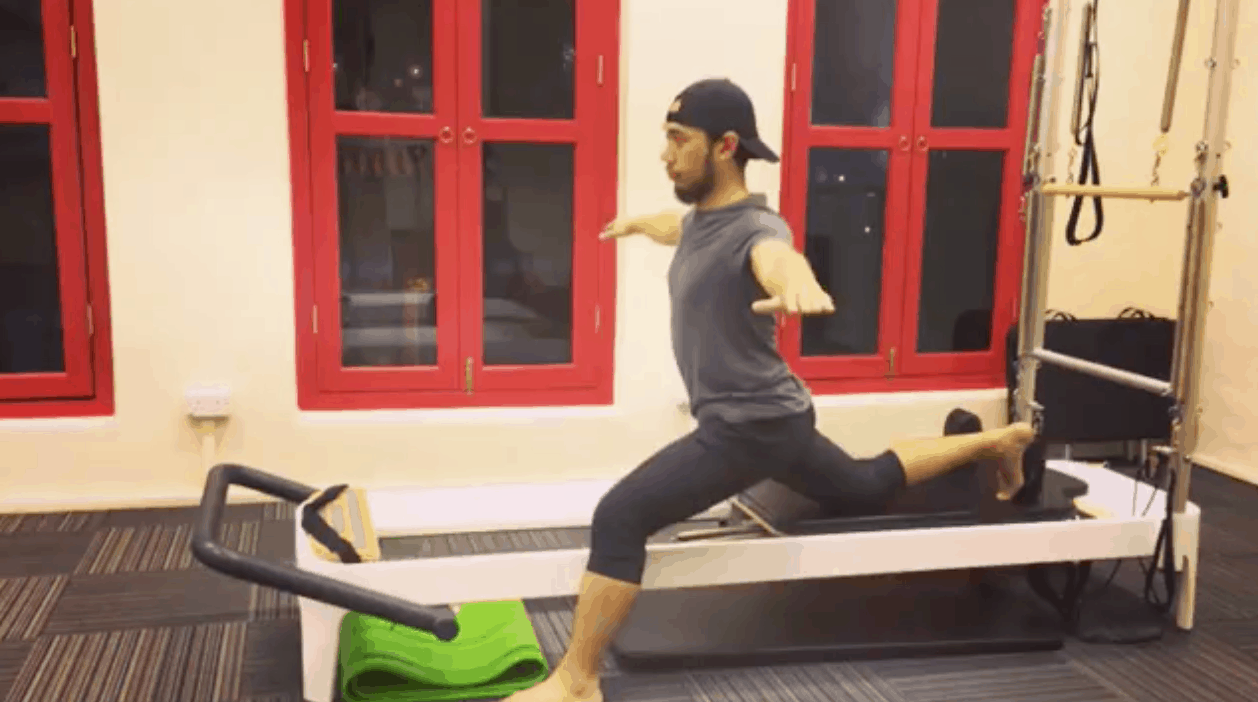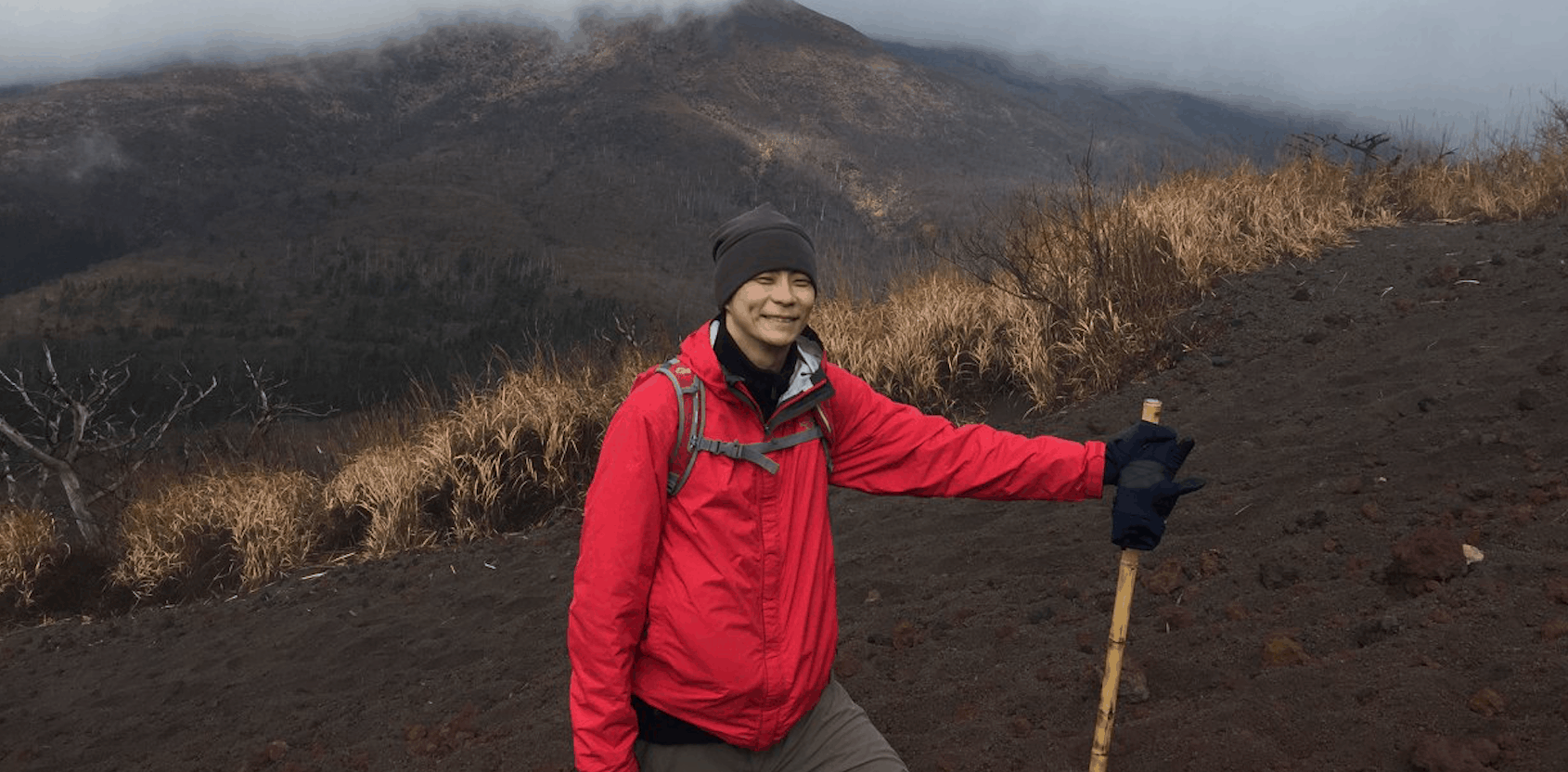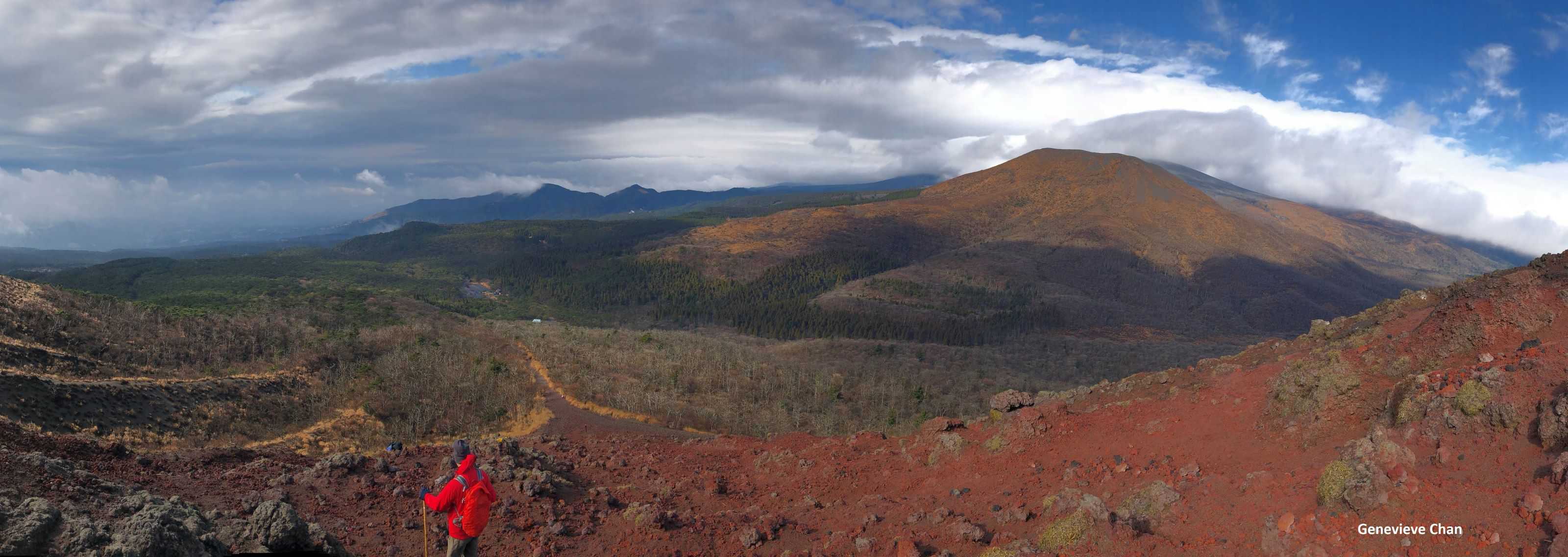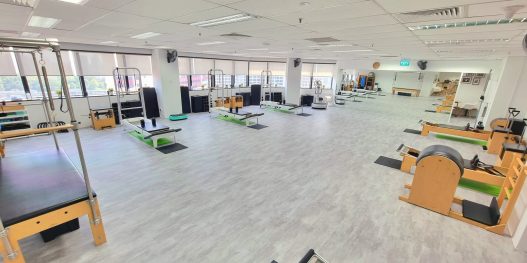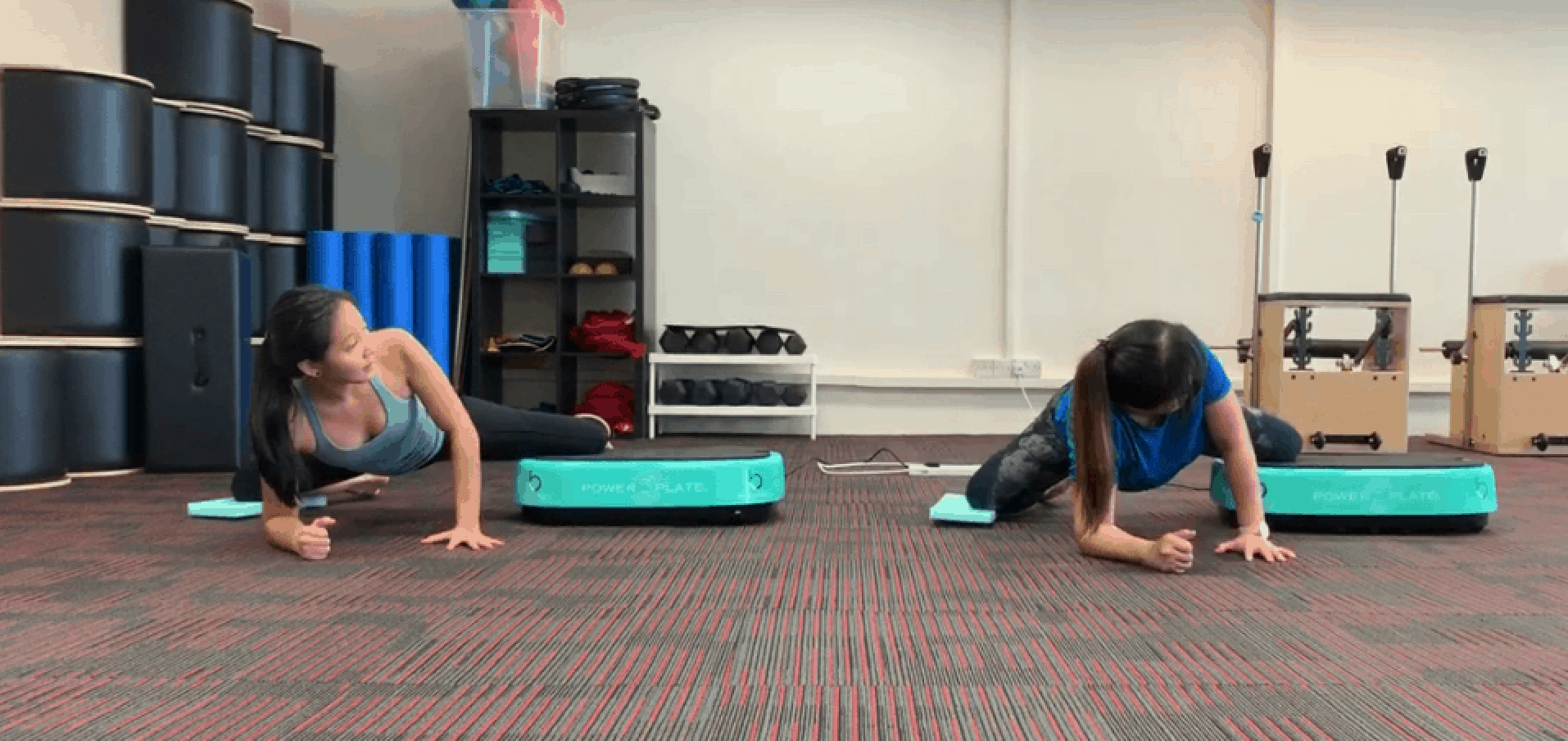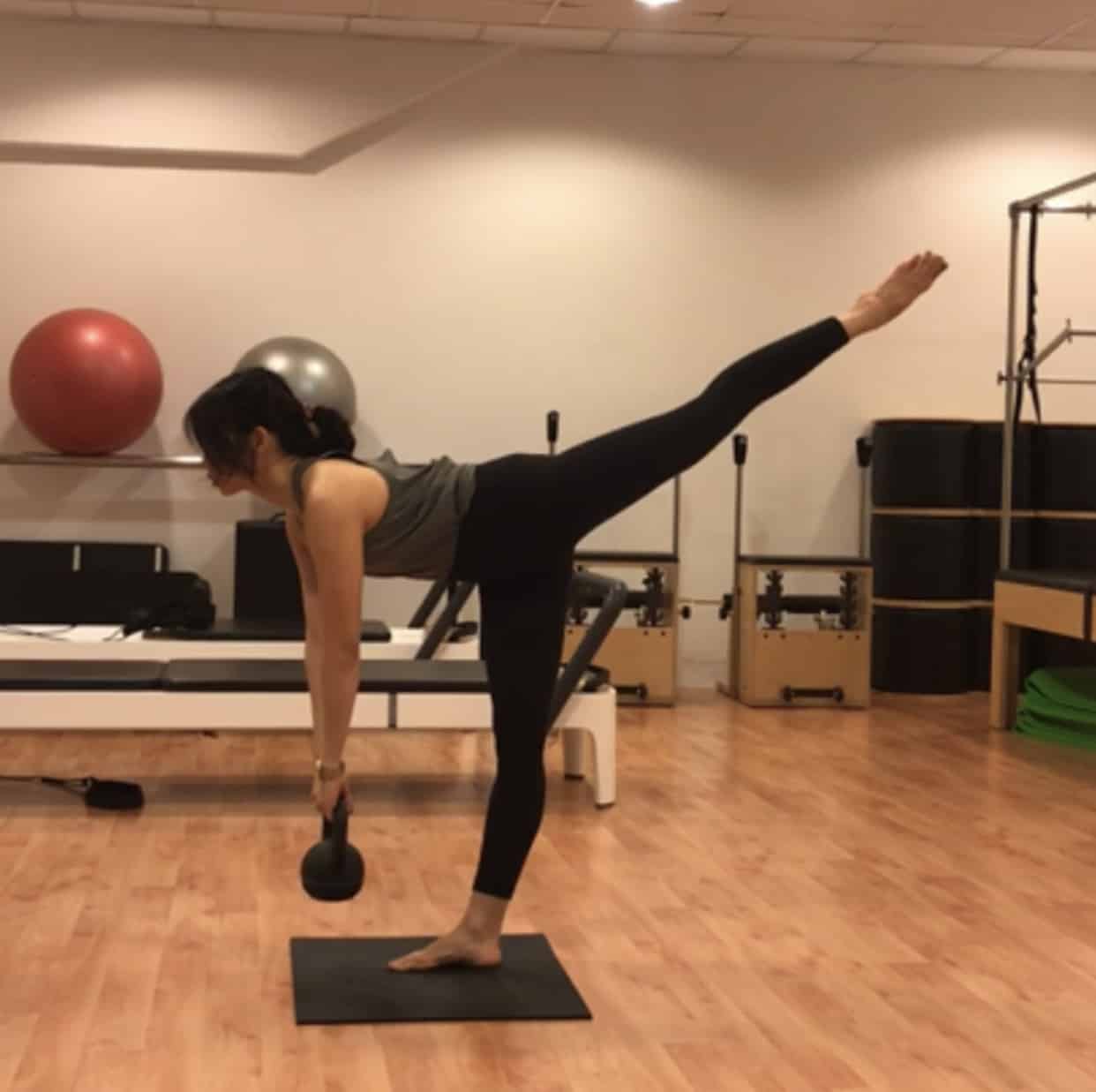How many of us are aware that ankle mobility is crucial to the musculoskeletal health of our body?
Until I started Pilates on a regular basis, I didn’t pay much attention to my feet. Most often, this is the case with a lot of people too.
Here I will highlight a specific motion of the ankle – dorsiflexion or simply known as ankle flexion:
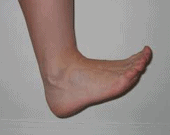
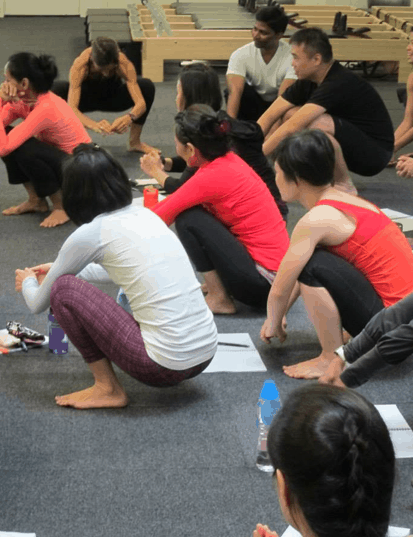
The normal range is 20 degrees.
Why is ankle dorsiflexion so important?
We walk, run, jump etc with our feet. The function of the foot is to absorb impact and distribute shock, and foot pronation happens as part of normal gait. However, the ankle joint has a major role in whether the foot overpronates (commonly known as fallen arch) or oversupinates:
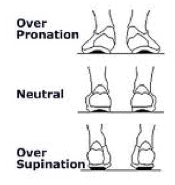
Overpronation tends to be common here in Asia. The majority of my clients including myself exhibit certain degrees of overpronation.
When someone does not have enough ankle flexion, it sets up a series of compensation that may lead to problems in the knees, hips and spine.
1. During normal gait, the foot will overpronate to compensate for lack of ankle flexion.
2. This leads to imbalance of muscles of the lower leg. For example, muscles at the sides may become very tight which further limit ankle mobiliy.
3. With overpronation, the tendency is for the knee to rotate internally, thus setting up poor tracking of the patella which can lead to excessive wear and tear of the cartilage. Some of us may already have signs of knee wear and tear. An example would be clicking or “paper tearing” sounds when you straighten your legs.
4. When subjected to high impact activities like running, this may lead further up the body into the onset of hip dysfunction. And from there up towards the spine!
Imagine a “small thing” such as lack of ankle mobility may have caused someone a back problem!
There are a number of movements during Pilates that can help to assess and improve ankle mobility. The standing plie is a simple movement to assess ankle mobility. (“Plie”: a movement in bending and straightening the knees with heels firmly on the ground and the back erect).
When a client cannot plie with knees reaching beyond the feet while maintaining neutral pelvis and straight spine, it is an indication of ankle stiffness.
For improvement of ankle mobility, there are various useful movements including Fletcher Barrework, the Bilateral or Unilateral Leg and Footwork on the Reformer and Wunda Chair:
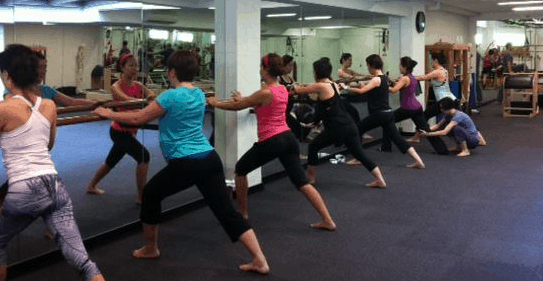
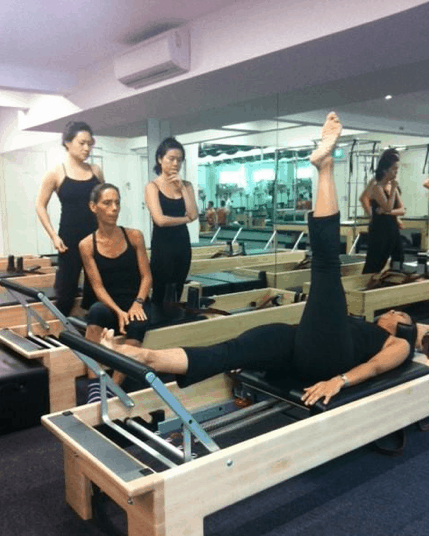
So remember to work your feet and ankles!

